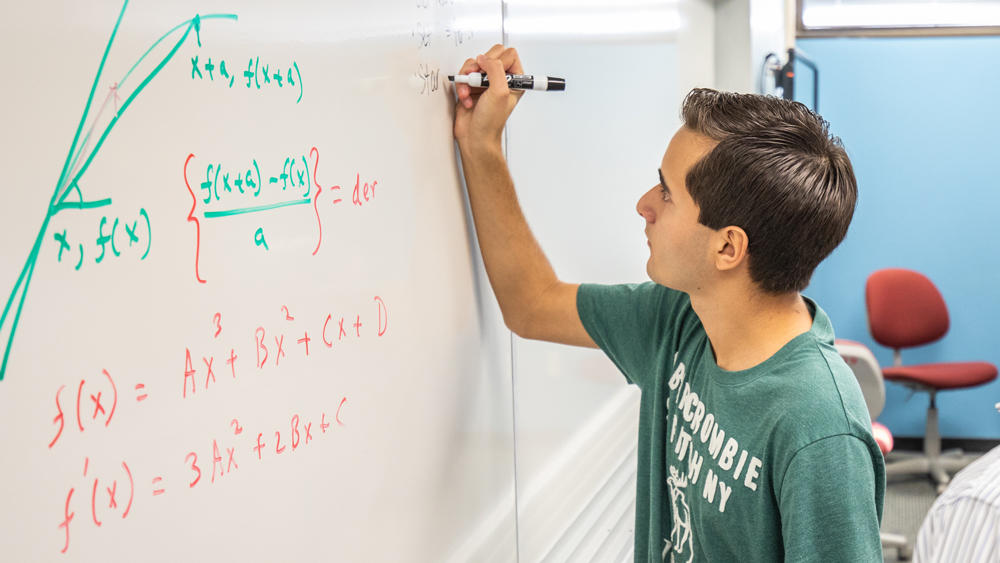
Education is like a game of connect the dots. Instructors are tasked with connecting the dots between education and application, and classes and career. Explaining why certain information is taught and how those lessons can be applied in a future career is the key to helping many students find meaning in their academic careers.

Sharing her passion for education with students, Dr. Amanda Wood, an instructional associate professor in the Department of Ocean Engineering at Texas A&M University at Galveston, is transforming education with a holistic approach and inviting everyone to consider an ocean engineering degree. She is determined to prove that anyone with creativity and drive can become an ocean engineer.
“Albert Einstein had a famous quote where he said, ‘It's not that I'm so smart, it's just that I stay with problems longer,’” said Wood. “I think that’s the point. It’s going to take work, but you can do it. And I think that a lot of times, students need to hear that. They need to have that someone – either a parent, a friend or mentor – encouraging them and saying, ‘You can do it, I have confidence in you.’”
So, how does one draw lines between the dots in academia?
By showing how they connect.
“When I was a student, the professors could be very dry and monotone,” said Wood. “I was unable to see the fundamental relationship between each of my courses. I want to encourage and share my knowledge with students and say, ‘This is why you should love engineering.’"
It wasn’t until grad school that I said, ‘Oh, that’s why I learned this and that’s how this relates to that and I wish they had explained that to me.’
To accomplish this, Wood approaches education like research – trying new teaching strategies and integrating technology tools into her material to keep students both engaged and excited. She takes the time in each of her classes to explain to students that, like athletes, engineers have to train their brains through practice and problem solving to prepare to perform at the highest levels and succeed.
Throughout class, she reiterates that growth comes from overcoming challenges and makes it a point to relate the lessons to the students’ future careers – explaining why they are learning what they are and helping them see the bigger picture created when all the dots are connected.
“This is why you’re learning vectors,” Wood tells her students in class. “You’re learning this because it’s needed. This is what you’re going to use it for, not only in this class but in later classes. This is how it applies to the real world. I think that helps them to see it in a global context or, rather, in a holistic way.”
Her mentorship does not stop at lectures. Wood strives to relay information to students in ways that are both friendly and understanding, embracing digital media as a means of supplementing the content. She creates videos and textual modules for her students, giving them the ability to listen fully in class and have resources that are effective for all learning types and levels. As such, her holistic method of teaching welcomes both students who have always dreamed of being engineers and those new to the degree.
“Again, I did not understand or see the relationship between lessons until I started to go to work and when I went back to get my master’s degree,” said Wood. “I had to connect the dots myself. And that can be the problem for students. Some of them may just throw up their hands and walk off and say, ‘I can't do this.’ But know that you can do it. Yes, for some it takes more work than others. But how much work you are willing to put into it is what you're going to get out of it. Just like an athlete.”
So, pen in hand and dots ready, Wood implores students to figure out how to learn while they are in college and to determine how best to teach themselves now so that they can pick up training once their careers begin.
“Learning does not stop when you get your degree,” said Wood. “It continues. Especially if you want to grow and improve and have professional development.”